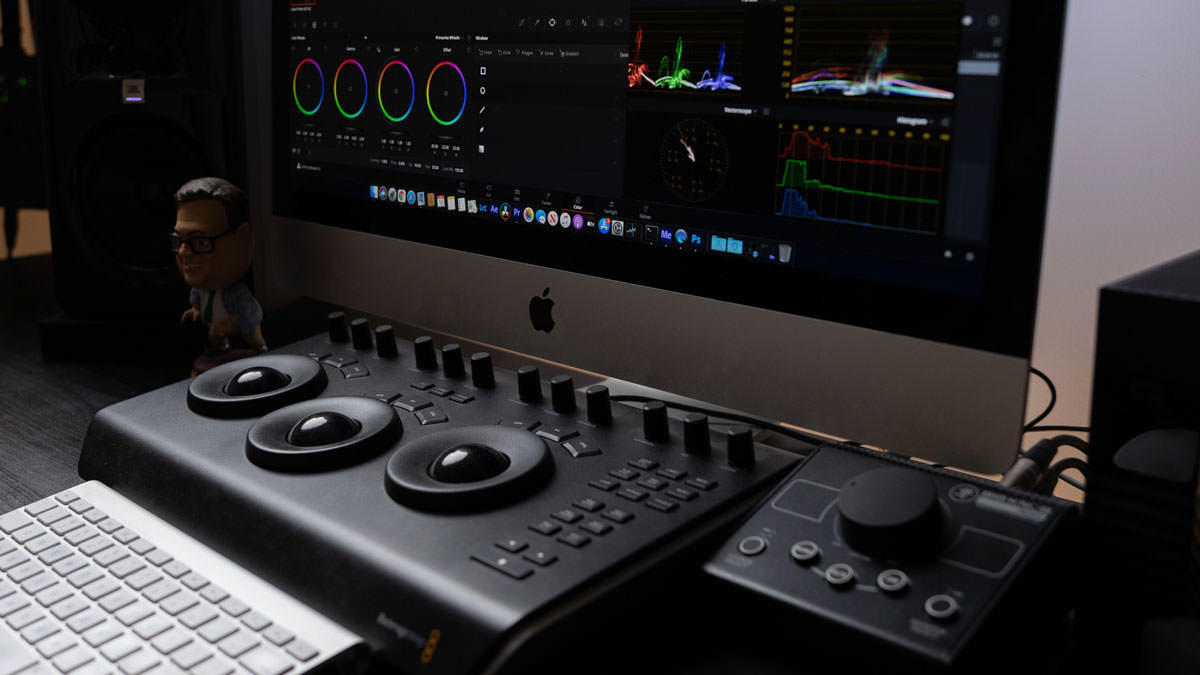

On Friday, February 28, I was knee-deep in Microsoft Research’s largest event of the year, TechNext. Hundreds of researchers from around the world were getting ready to board planes bound for Redmond, WA, to showcase their cutting-edge demos—content they’d been preparing for months, even years.
And then the coronavirus hit stateside. Within 48 hours of the tragic first fatality in Washington State—mere miles from the Microsoft campus—all of the company’s large scheduled events switched from live to virtual, and my role as an event and video producer for Microsoft forever changed.
I’ve been thinking a lot about what events will look like moving forward. The tried and true keynote & demo video format that’s used by Google, Apple, Facebook, Amazon, Microsoft, and more has been obliterated. How will we reimagine live events that fill NBA arenas? How will tech companies showcase their latest technologies? How do we engage 50, 5000, and 50,000 people online? Nobody has this figured out yet.
I’m on a quest to learn as much as I can, as fast as I can. You may recognize my teachers—Jimmy Fallon, Trevor Noah, Jimmy Kimmel, Stephen Colbert, Seth Meyers, and John Oliver. I’ve become a late-night comedy addict. They are setting the stage for what will work—and what won’t—for virtual events. We get to learn and laugh at the same time.
Here’s what I’ve learned from the kings of late night.
Authenticity is paramount. Nobody wants over-produced content anymore—and they won’t once we’re out of this, either. We like Jimmy Fallon’s graphics drawn in crayon by his daughters. We feel for Colbert as he’s trying to figure out how to work from home without an audience. We know that Tom Hanks is our dad after joining him in his kitchen on SNL. We feel connected to the late-night hosts because we are in their homes and in their lives.
If it’s too slick, audiences will notice, and they won’t engage.
Trevor Noah is killing it. His recent interview with Bill Gates looked good, but not too good. He’s using multiple cameras and a good microphone, and he’s working with his graphic designer and editor. All of the late-night hosts are using 4K cameras, or iPhones, and a good mic—not the web camera on their computer.
My video team at Microsoft created an at-home-studio kit with a microphone, mini tripod, and one of the small circular lights that the Instagram influencers use. We send it to our video subjects, so they look somewhere between webcam and production house. These small tweaks make a big difference in the quality of your video or event.
Networking is the primary reason that people attend events.
But how do you replicate the hallway connection or the buffet-line conversation? Can you get the same face-to-face connection online? The race is on to figure this piece out.
We’re experimenting with this now. For example, we’re creating multiple chat rooms to replicate happy hour conversations, where attendees can chat in one room and then jump to another.
I’m inspired by how the hellos in SNL’s virtual open makes you feel like you’re part of the cast. I’d LOVE to see something like this for Microsoft: Satya Nadella pops up, and then Microsoft CFO, Amy Hood, and Brad Smith joins in. You get the idea …
Jimmy Fallon, Sting, and The Roots had a fantastic virtual connection with Don't Stand So Close to Me. They aren’t live, but it sure it feels like it.
Storytelling must shift in this moment. Speakers who don't acknowledge that the world is dramatically changed are going to come across as tone deaf.
And while you’re at it … ditch the tech speak: you’ll lose people. Don’t overwhelm them with jargon & dry technical descriptions. Act like you’re talking to them at a cocktail party about a cool feature.
This is tech’s time to shine. The technology for captivating demos already exists—take advantage of it. Check out this incredible Julie White Hologram Demo from Microsoft Ignite.
Event producers have the biggest challenge and the greatest opportunity of their careers. We have a huge opportunity to shake up the traditional model and try new things. Nobody thought that a virtual SNL would work. Part of the excitement of this moment is seeing the creative ways that people are DIYing their content and shows—events can do the same thing.
I’m excited to dive in headfirst, after a few more late nights spent laughing and learning. We’re all starving for connection and authentic experiences in our lives and our work. Creating authentic experiences that offer people that connection will be the bar for success.
What about you: How are you thinking about virtual events? Let me know. I’m available almost anytime but 11:35 pm.
Melinda Morrison made us laugh—and reflect—in her blog post. So, we felt like recording a follow up. Here are some clips from our conversation with Melinda: